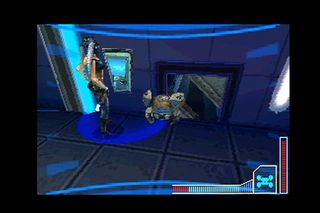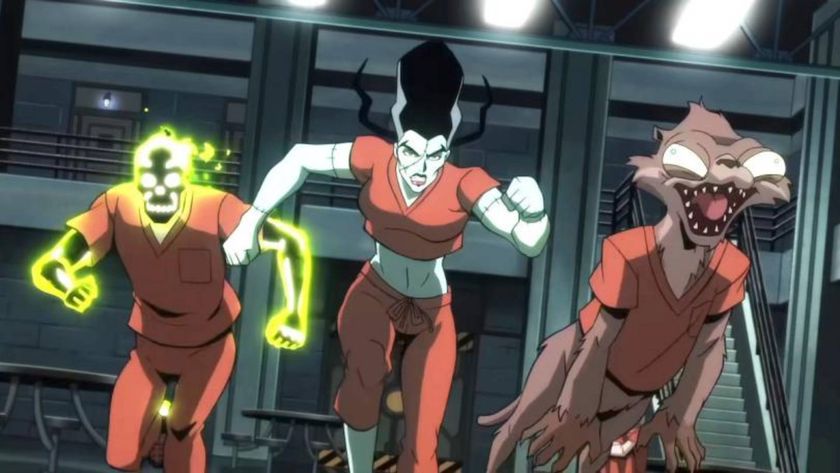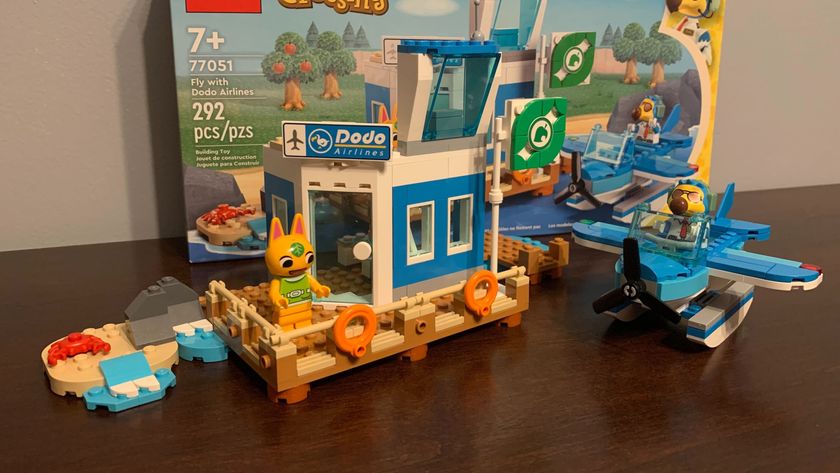12DOVE Verdict
Pros
- +
Priced to move
- +
Feels fresh
- +
Head to head single-cart play
Cons
- -
Not much here
- -
Only one skill level
- -
Goal matches suck
Why you can trust 12DOVE
Oct 18, 2007
It's rare these days to find a puzzle game on DS or PSP that isn't just a port of a PC shareware game that's been out forever (Cake Mania or Luxor, for instance). However, Chameleon is no port... instead, it appears to be a knock-off of a PC shareware game calledFiller. That's arguably even worse, isn't it? Well, let's see how it plays anyway...
Chameleon takes place on a grid of colored hexagons far taller than the dual screens can show (you can zoom out to get a better view, thankfully). You start at the bottom of the playfield, with only one hexagon under your control, and your opponent begins at the top.

When it's your turn, you select one of the seven colors; every hex you control changes to that color and any connecting hexes that are also that color become yours as well. So, if your current color happens to be red, but there are three yellow hexagons touching you, all you have to do is change to yellow, and those are absorbed into your territory. Then, if there are blue hexagons touching the yellow, you pick blue next time and all of your territory turns blue, absorbing the blue hexes as well. And so it goes until one player collects 50% of the playfield, ending the match.
The only real deviations in this routine are that you can actually only choose from five of the seven colors on any given turn - the two colors chosen most recently by either contestant are off limits - and that the players have super-powers. Each of the five selectable characters (all anime girls, for reasons never fully explained) has two different abilities they can use if they capture special star-stamped hex tiles. These range from stealing turns or setting color-shifting bombs to randomly re-coloring every unclaimed hex on the grid, so they can certainly affect the outcome of the match.
More info
| Genre | Family |
| Description | Colored blocks are sooo over... this color-shifting puzzle game uses hexagons instead. But it blends in too much with the competition. |
| Platform | "DS" |
| US censor rating | "Everyone" |
| UK censor rating | "" |
| Release date | 1 January 1970 (US), 1 January 1970 (UK) |

DC is fast-tracking Creature Commandos season 2 after overwhelmingly positive reaction to season 1

Lego Fly with Dodo Airlines (77051) review: "A surprisingly good kit which provides maximum brick for buck"

Days after dev layoffs, NetEase confirms Marvel Rivals has surpassed 40 million players, celebrates the company "delivering groundbreaking gaming experiences"
Most Popular




